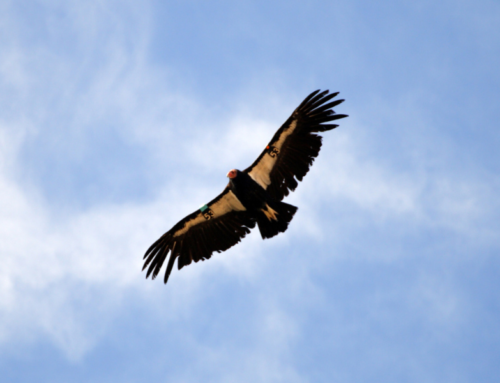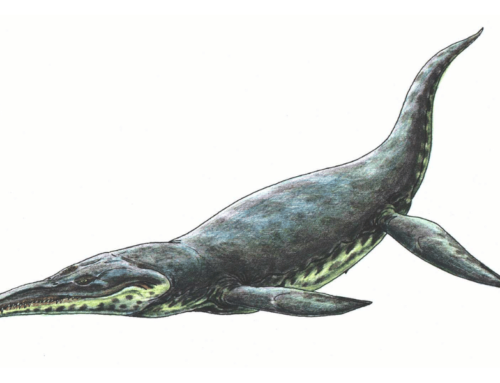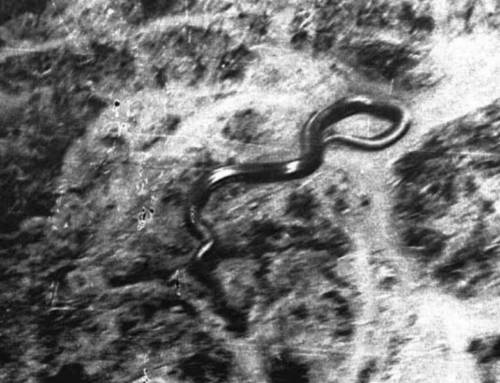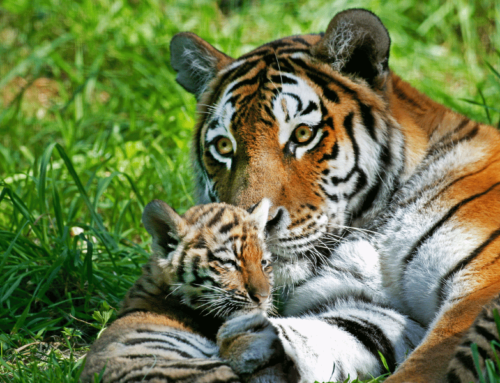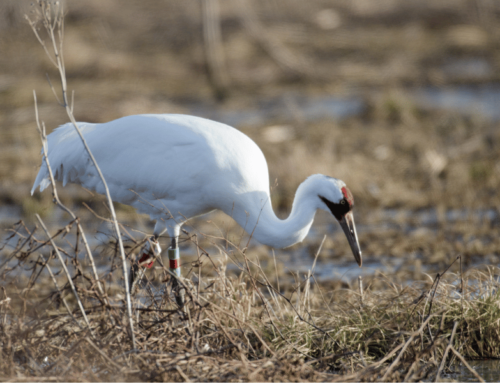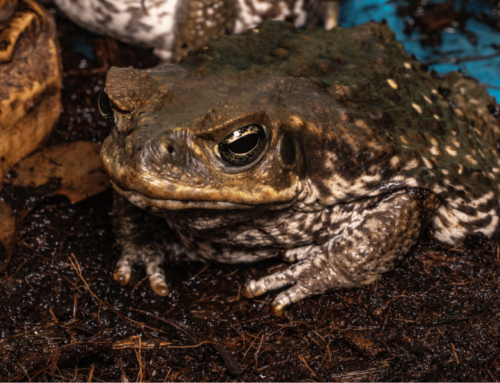Humanity is truly living in exciting times. What was once science fiction has rapidly become science fact in our lifetimes.
Colossal Biosciences is a new company that’s currently working on bringing back the extinct Wooly Mammoth. They plan on using modern-day elephants as the surrogate parents for the resurrected mammoths. Asian elephants share 99.6% of their DNA with the woolly mammoth, making the genetic change from modern-day elephants to the mammoth a relatively simple task.
The Woolly Mammoth went extinct only four thousand years ago. That may seem like a lot of time to you and me, but it’s basically the blink of an eye in the grand scheme of paleontology and ecology. This relatively recent extinction is relevant because it means that the DNA from the mammoth has not broken down significantly. The frozen habitat where mammoths went extinct has helped with preventing rapid DNA deterioration. The mostly intact DNA means resurrection is a much easier task than bringing back an extinct dinosaur species that died out 65 million years ago.
This article is all about woolly mammoth de-extinction, its benefits and possible problems.
Re-introduction
The possibility of reintroducing the mammoth to the natural world is among the possibilities being worked on by Colossal Biosciences. Some suspect that human activity is at least part of the cause of the extinction of the woolly mammoth. However, current scientific consensus suggests that a natural change of the climate was the real reason for their demise. If that’s the case, then reintroduction isn’t a clear-cut choice from a moral standpoint. Chances are, they would be even less adapted for their environment than when they first disappeared. The new mammoths may be doomed to the same fate as their extinct relatives.
This is why reintroduction of this species to the wild isn’t nearly as warranted as reintroduction of the Moa birds who died because of over-hunting. The Moas of New Zealand, if brought back from extinction, could be brought back and would likely fit in comfortably in their natural habitat.
Colossal Biosciences is currently stating that reintroduction is their goal and that a re-established Mammoth population will actually help bring more balance to the natural biosphere. Among their claims is that the Woolly Mammoth will help bring back more plant diversity in arctic regions, which will result in more carbon absorption from the atmosphere. Arctic regions hold lots of permafrost, which contain lots of trapped carbon from frozen biomass. If climate change causes the melting of the permafrost, microorganisms will consume the previously trapped biomass, releasing carbon dioxide and methane into the atmosphere that was removed from the carbon cycle for millennia. This would accelerate climate change.
This is where the Woolly Mammoth steps in. If the Mammoth returns to the arctic regions of Asia and Europe, they will knock down the trees and turn the arctic back into more of a grassland, like it was thousands of years ago. This ecosystem was known as the “Mammoth Steppe,” and the Woolly Mammoth was a keystone species in its preservation. It spanned from Spain to Siberia and even into Canada. The return of the Mammoth Steppe would result in greater preservation of the permafrost in the Asian continent. More grassland means less heat being absorbed at ground level. Also, with mammoths and possibly other animals returning to the steppe, their movement will cause more snow compaction, creating less of a heat insulation effect.

Woolly Mammoth Bones
Possible Complications:
The new mammoth populations will be entering their new environment without the natural microbiomes that the extinct mammoth populations had. We all inherit our microbiomes from our mothers and the resurrected mammoths would likewise get their microbiomes from Asian Elephants, not from extinct mammoths. Maybe the microbiomes inherited from the Asian Elephant will be sufficient enough for the introduced species to survive in the Arctic regions without any problems. However, it’s not like we have previous case studies from which we can draw conclusions. It’s possible, perhaps even likely, that there will be unknown complications with Woolly Mammoths returning to the Arctic with different microbiomes than their extinct ancestors.
There are political problems as well. The area that Colossal Biosciences wanted to originally release the Mammoth is in Siberia, where people find and sell mammoth tusks. A single tusk can provide a large sum of money, creating a tempting way for locals to make more money. George Church has addressed this problem by suggesting that they may resurrect the mammoth without their tusks.
There’s another obvious political issue with releasing mammoths in Siberia: the Kremlin. With the current Russian government committing atrocities in Ukraine, trying to get this project off the ground in Siberia may be too risky. Colossal Biosciences is currently looking at other areas of the previous Mammoth Steppe for this project, including Alaska.
What are the legal hurdles that need to be dealt with when Colossal Biosciences are ready to release their mammoths into the wild? It’s not clear exactly how all of the countries that the mammoth will become endemic to will handle an altered life form being released into their borders. Getting through all of the legal barriers could prove to be a serious challenge, that could take months or years to fully sort out and climate change isn’t waiting on anyone.
Also, there is no guarantee that this new mammoth will behave in the exact way that scientists hope it will. What if the mammoths are extremely aggressive towards other extant species and end up threatening their existence? The mammoths may also encounter diseases that they have little to no immunity to. This could wipe out the entire population in a short amount of time. Is there any guarantee that they would stay in the exact habitats that we want them to stay in? What if these mammoths also decide to migrate to areas where their extinct relatives were never found, thereby competing with local herbivores and acting as a giant and disruptive invasive species?
There are a lot of possible complications to this project, and we are better off trying to grapple with them now instead of reacting to them as they happen in real time.
Still Science Fiction?
Despite all of the media hype, bringing back the Woolly Mammoth isn’t quite as easy as many headlines have led anyone to believe. First of all, the “de-extinction” process for the mammoth is more accurately, the modifying of the genes of an existing, closely related species, instead of directly bringing back the extinct mammoth. So, the term de-extinction is being used loosely for this project.
Also, there are the problems involved in the surrogacy process. Once the genetically sculpted embryo is placed inside an Asian Elephant mother, the embryo would need to interact in dozens of ways with its surrogate mother for months. If one of those biological processes doesn’t occur the right way, the results could be disastrous for the mother or the developing fetus.
The most successful attempt at de-extinction sheds light on the difficulties inherit in this project. This attempt involved the Pyrenean Ibex, a subspecies of Iberian Ibex. The de-extinction attempt involved fresh DNA from a Pyrenean Ibex that died a few years earlier and surrogate mothers that were technically the same species, as different subspecies can still produce fertile offspring. Despite all these advantages, only one of hundreds of the embryos developed fully enough to be born and that Ibex lived only for minutes before dying due to a lung defect.
Colossal Bioscience’s mammoth project involves genetically modified Asian Elephants and their development is arguably not surrogacy at all, this may mean that their chances of survival are much greater than previous attempts at cloning and de-extinction. Also, the possibility of using artificial wombs could make the development of gene-edited lifeforms easier to monitor and manipulate during development.
These challenges may yet be overcome. The Pyrenean Ibex de-extinction project occurred two decades ago and Colossal Biosciences is working with biotechnology that has improved by leaps and bounds since then. Breakthroughs in our understanding of biology overall have also occurred in this timeframe. However, the uncertainty in the process is still there.
Colossal Biosciences is run by George Church, a man with decades of experience in biosciences and genetics. He’s keeps up with current biotechnology as his job and life’s work. If this can actually be pulled off, I can’t think of anyone else who I would put my money on.
Conclusion:
The de-extinction of the Woolly Mammoth seems like it may be possible in the near future. However, the resurrected Woolly Mammoths would only arguably be Woolly Mammoths at all and the process to bring them back may be much more difficult than many in the media are letting on.
However, if successful, Colossal Biosciences may provide humanity with a natural and miraculous way for us to bring back an iconic, extinct animal which could radically transform the arctic regions back into the grasslands, thereby helping prevent the effects of man-made climate change.
At the very least this possibility deserves to be explored, even if it ultimately doesn’t work. Even if it doesn’t work it will likely advance biotechnology for other uses.
